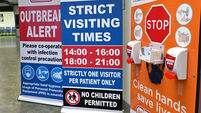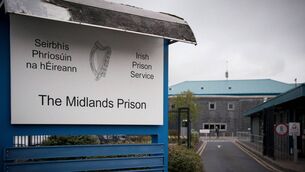UK expert says drugs to blame for raid death
Dr Richard Shepherd — a British-based consultant forensic pathologist who specialises in complicated homicide cases — said there was no pathological evidence of excessive or forceful restraint on David O’Mahony’s body.
And he ruled out traumatic asphyxiation as the cause of death.













